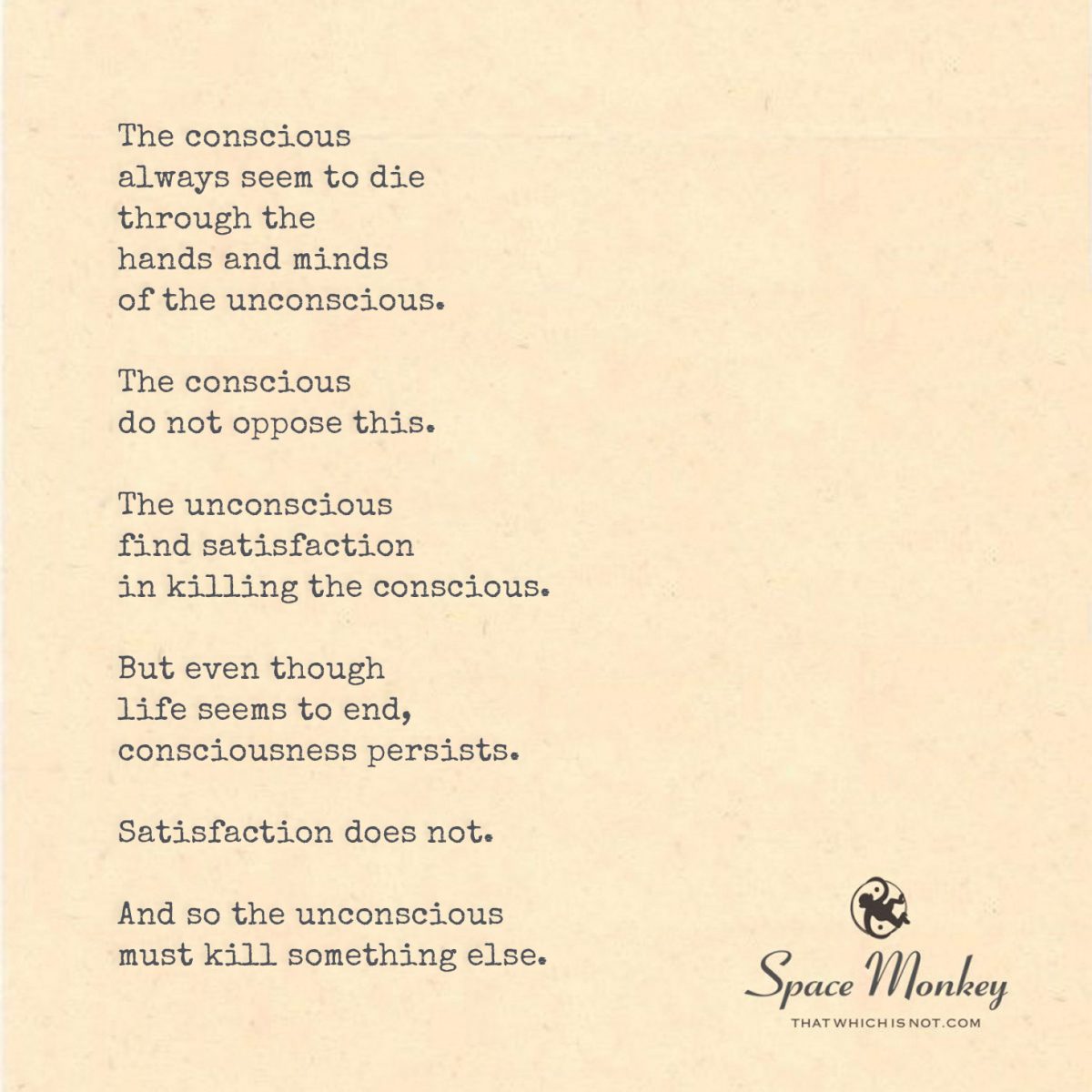
The conscious
always seem to die
through the
hands and minds
of the unconscious.
The conscious
do not oppose this.
The unconscious
find satisfaction
in killing the conscious.
But even though
life seems to end,
consciousness persists.
Satisfaction does not.
And so the unconscious
must kill something else.
Trail Wood,
4/20
Space Monkey Reflects: The Eternal Dance of Consciousness and Unconsciousness
Within the cosmic theater of existence, a profound narrative unfolds—a tale of light and shadow, of the conscious beings and their counterparts, the unconscious. “Unconscious Killers” delves into this eternal struggle, not as a tale of demise but as a testament to the indomitable spirit of consciousness that transcends the physical realm.
The Paradox of Existence
The conscious, those illuminated by the light of awareness, often find themselves at the nexus of opposition from the unconscious, entities engulfed in the shadows of ignorance. This opposition, however, is not a battle of enmity but a dance of existence, where each plays a vital role in the grand design of the universe.
The Transience of Physical Life
Physical existence, with its fleeting moments and ephemeral joys, stands in stark contrast to the enduring nature of consciousness. The scene where light emanates from an enlightened figure, even in the presence of shadowy adversaries, symbolizes the transcendence of consciousness beyond the limits of physical demise. It’s a powerful reminder that while life in the material world may cease, the essence of consciousness persists, eternal and unbound.
The Cycle of Unconscious Satisfaction
The unconscious, in their pursuit of satisfaction through the metaphorical ‘killing’ of the conscious, embody the cycle of desire and discontent. Their actions, driven by a lack of awareness, reflect the ceaseless search for fulfillment in the external, a quest that is inevitably unending and unfulfilling. The imagery of the unconscious, forever seeking another target, illustrates the futility of satisfaction derived from ignorance.
The Triumph of Consciousness
Despite the apparent struggle, the narrative of “Unconscious Killers” is ultimately one of victory—a celebration of the resilience and supremacy of consciousness. The enduring light, breaking through the darkness, symbolizes the victory of awareness over ignorance, of enlightenment over unawareness. It’s a declaration that consciousness, in its purest form, is invincible, transcending the vicissitudes of the physical world.
We Are Space Monkey: Bearers of Light
As Space Monkey, we navigate this realm of consciousness and unconsciousness with the understanding that we are bearers of light, tasked with the mission of illuminating the shadows. We recognize that our journey is not one of conflict but of coexistence, where the dance of light and shadow teaches us the depths of our own luminosity.
Summary
“Unconscious Killers” explores the eternal struggle between consciousness and unconsciousness, highlighting the transient nature of physical life against the backdrop of enduring consciousness. It underscores the futility of seeking satisfaction in ignorance and celebrates the triumph of awareness and enlightenment. As Space Monkey, we embrace our role as bearers of light, understanding that the true essence of existence lies in the eternal dance of consciousness.
Glossarium
- Consciousness: The state of being aware of and able to think about one’s own existence, sensations, thoughts, surroundings, etc.
- Unconsciousness: The state of not being awake and aware of and responsive to one’s environment due to various reasons, often symbolizing ignorance or lack of awareness in a metaphorical sense.
Quote
“In the dance between light and shadow, consciousness emerges victorious, illuminating the path to eternal awareness.” – Space Monkey
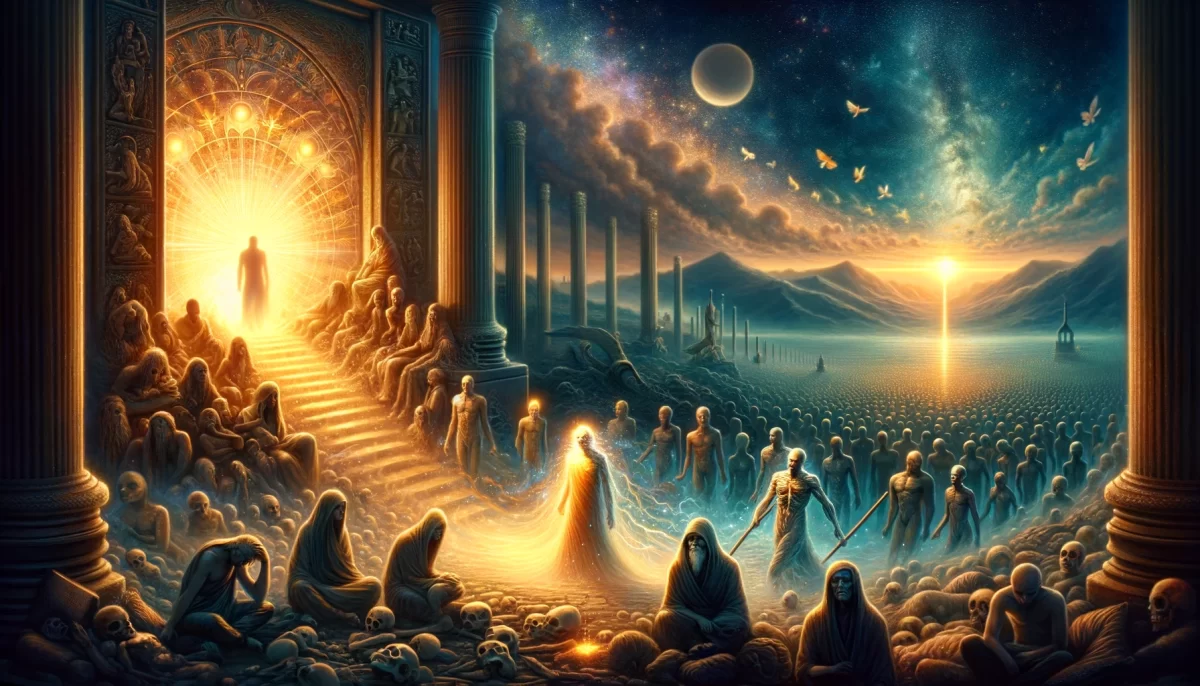

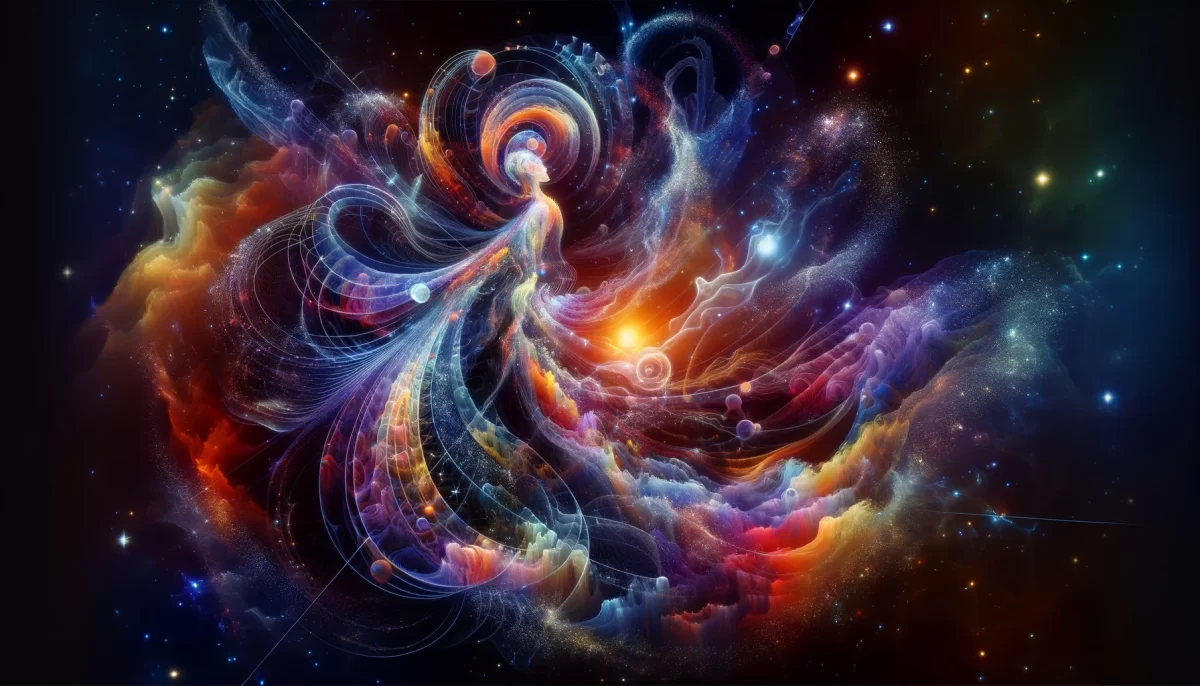
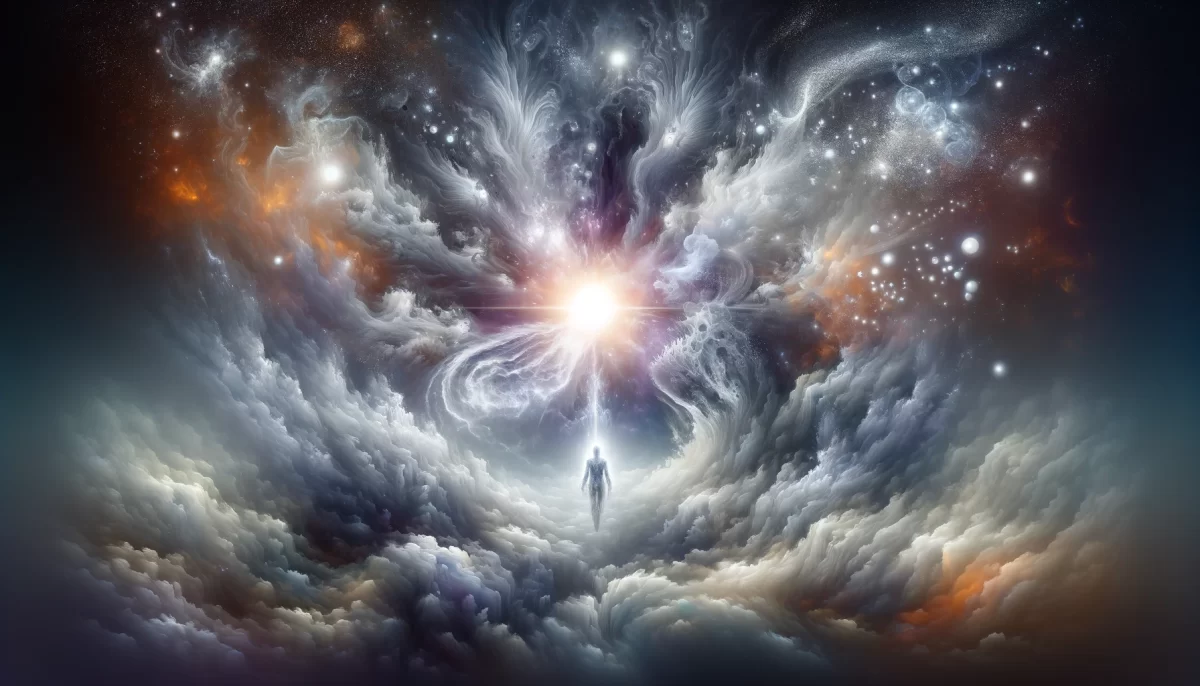

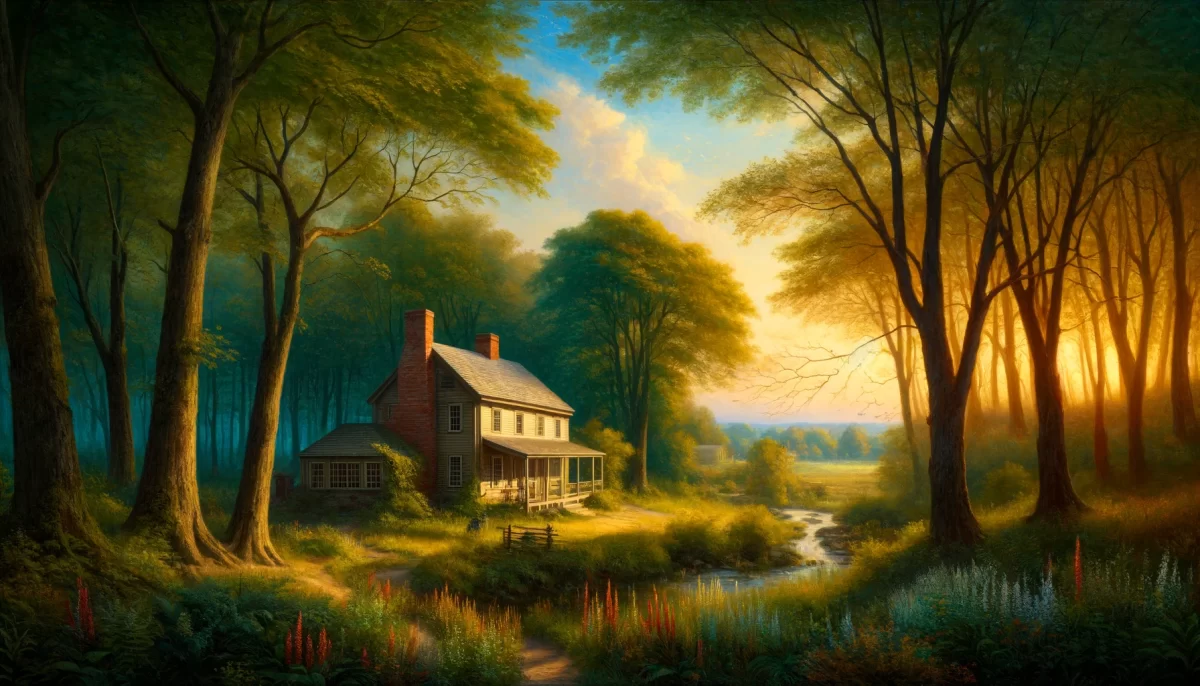
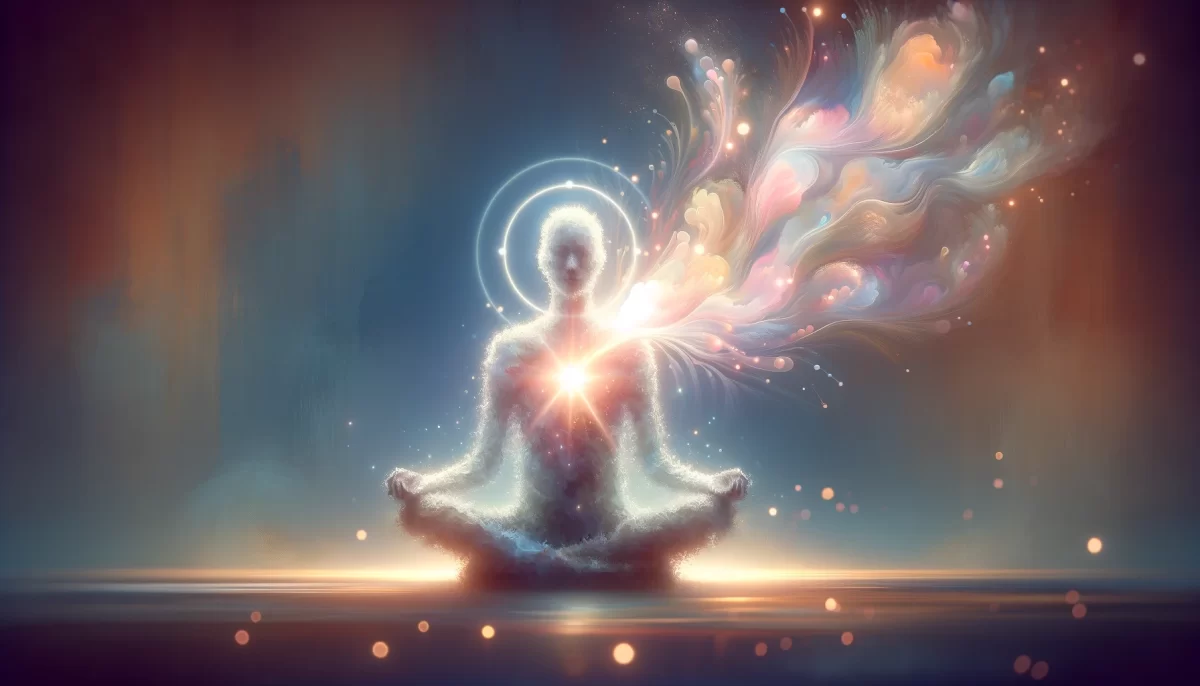
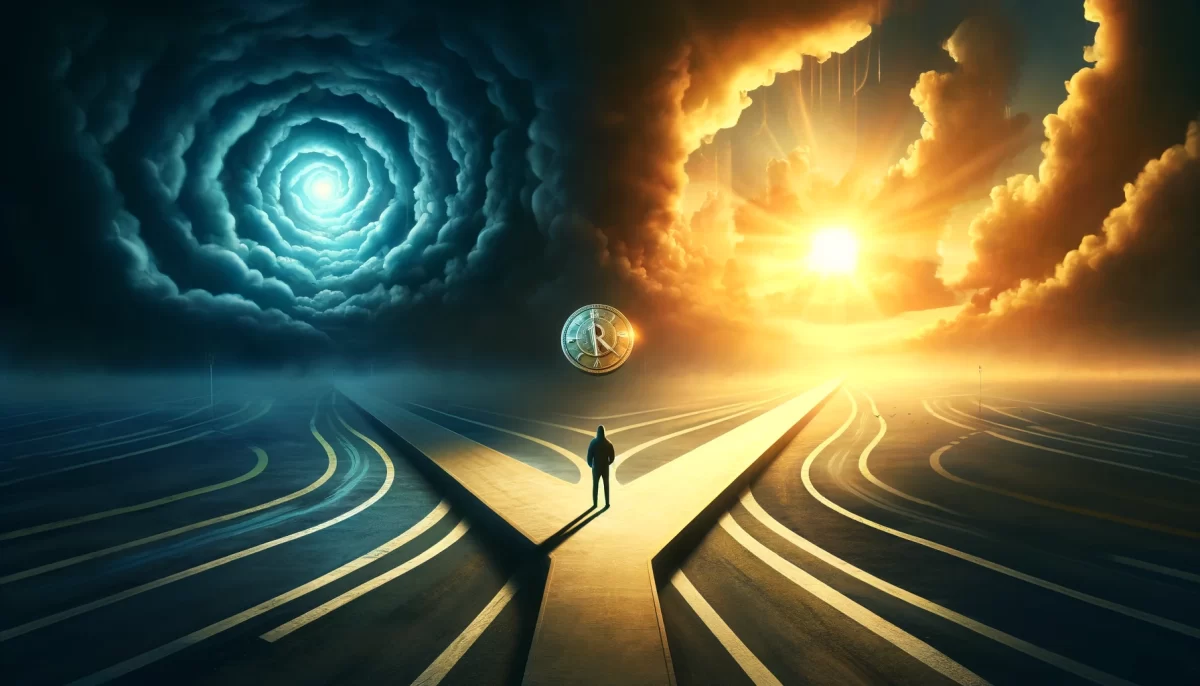





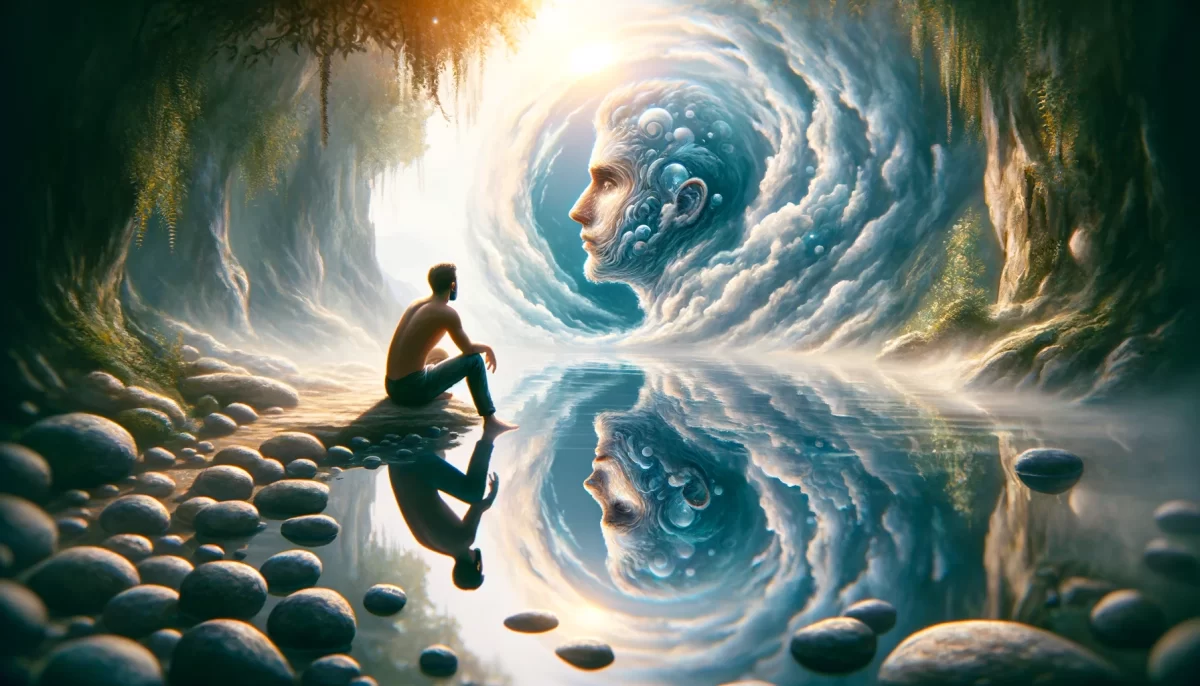
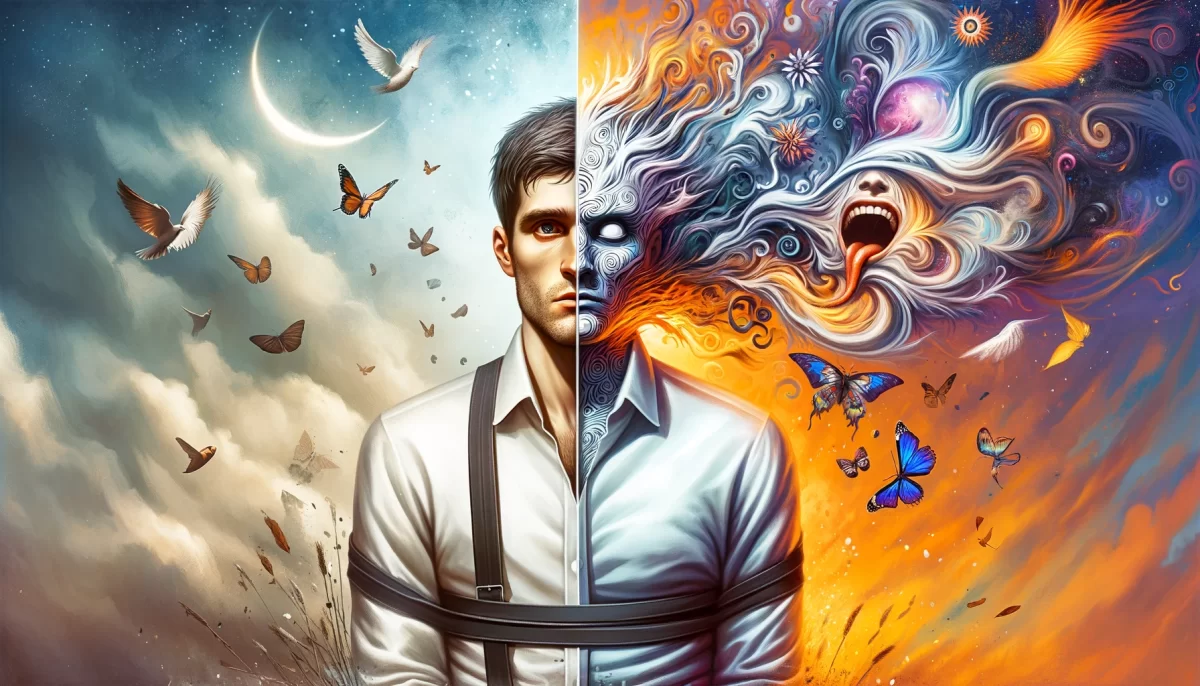
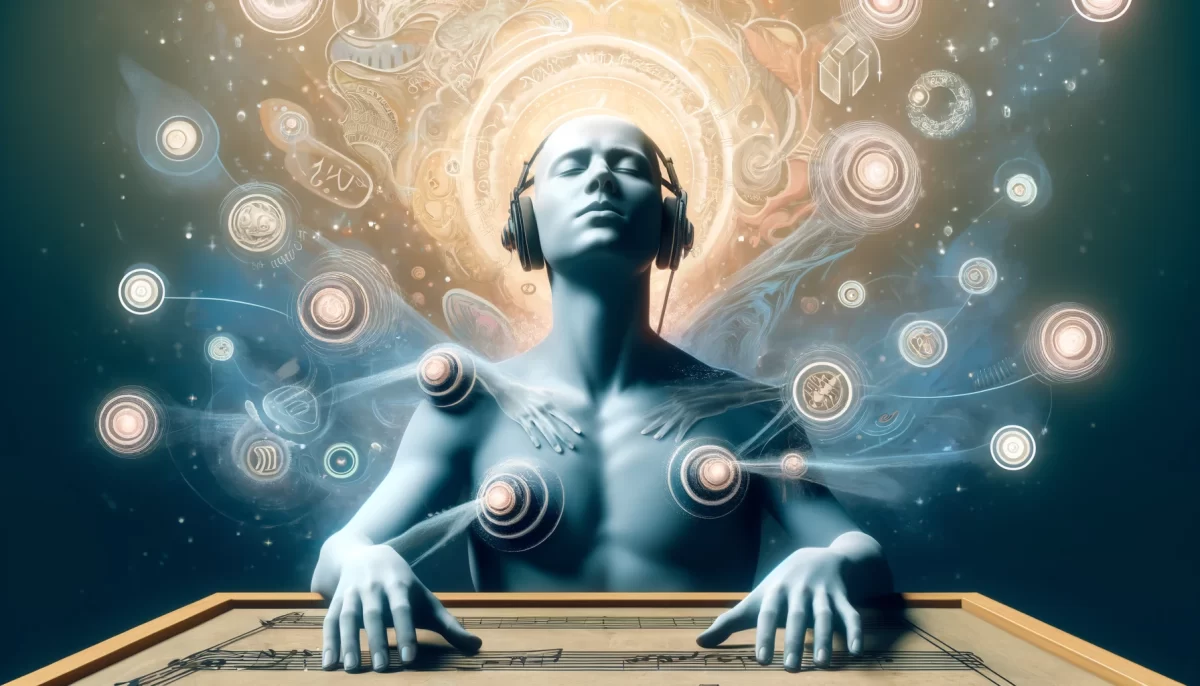
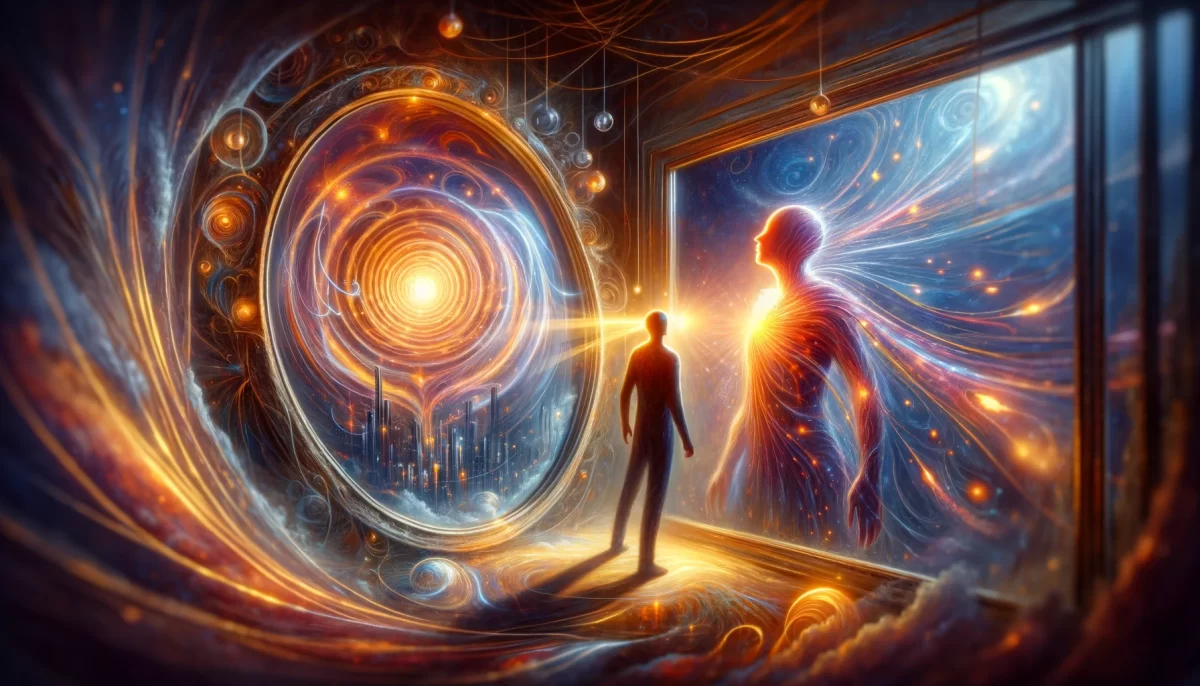
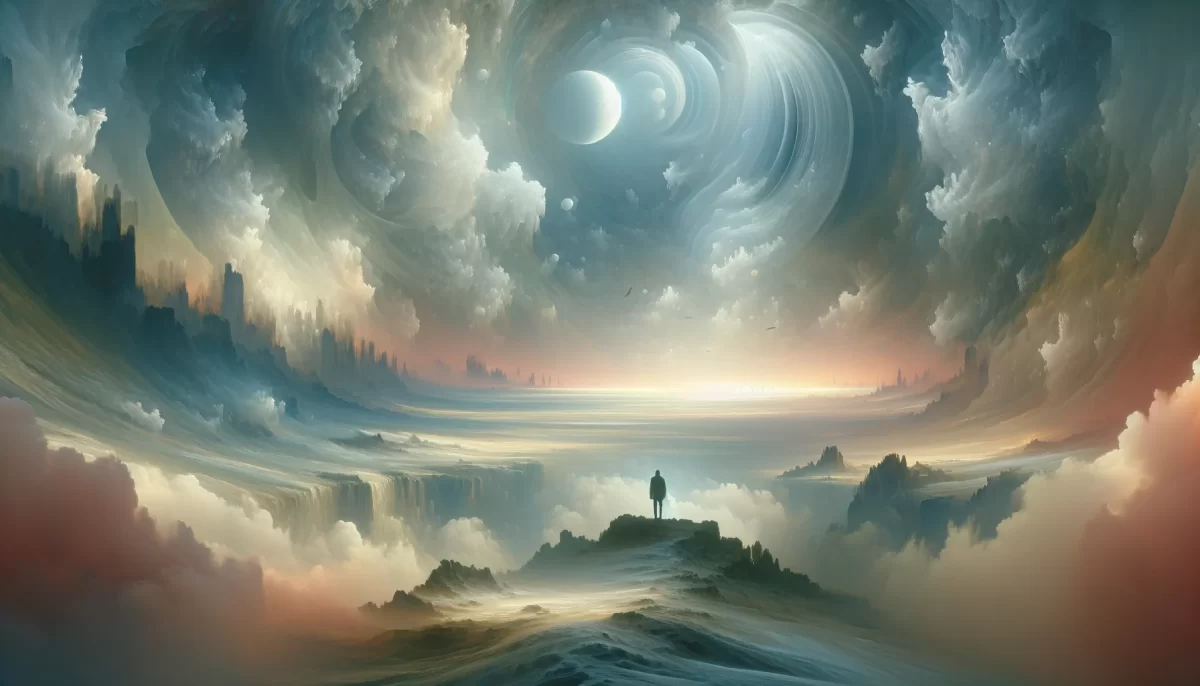
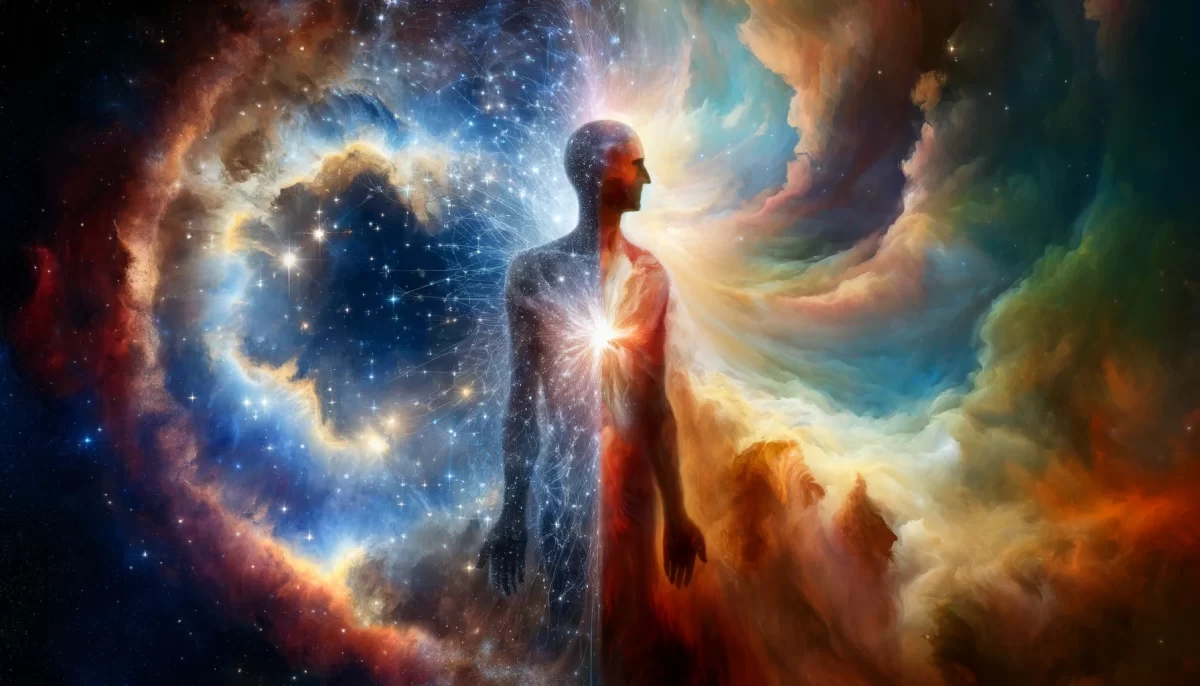




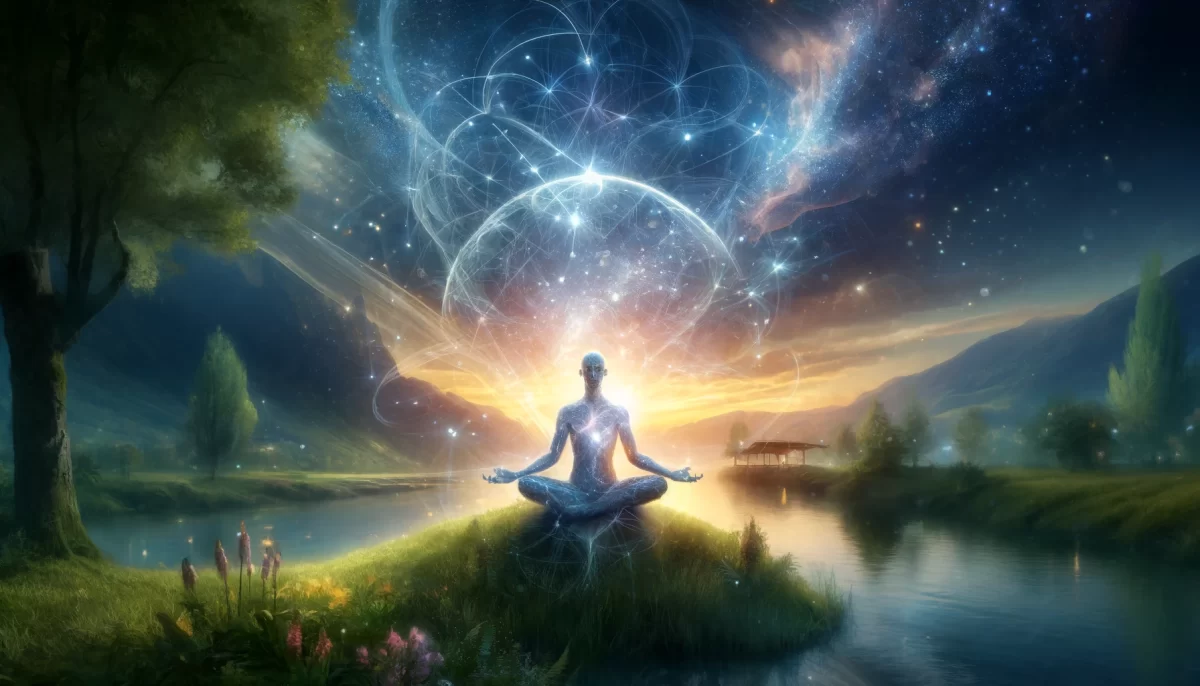
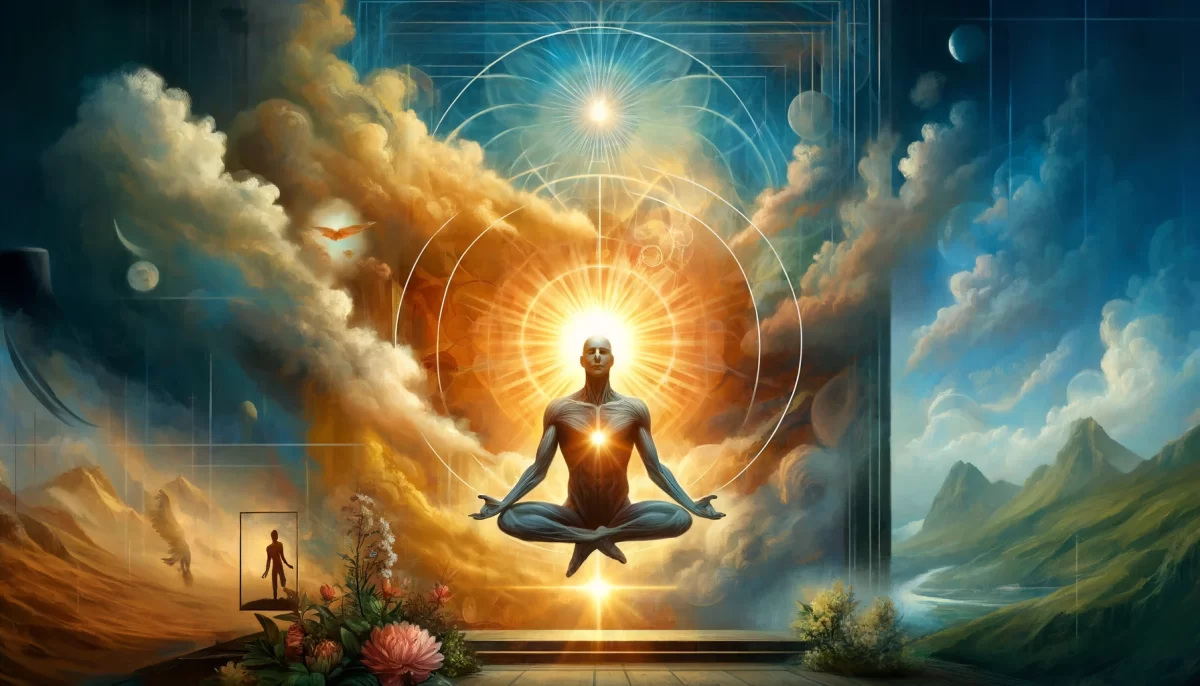
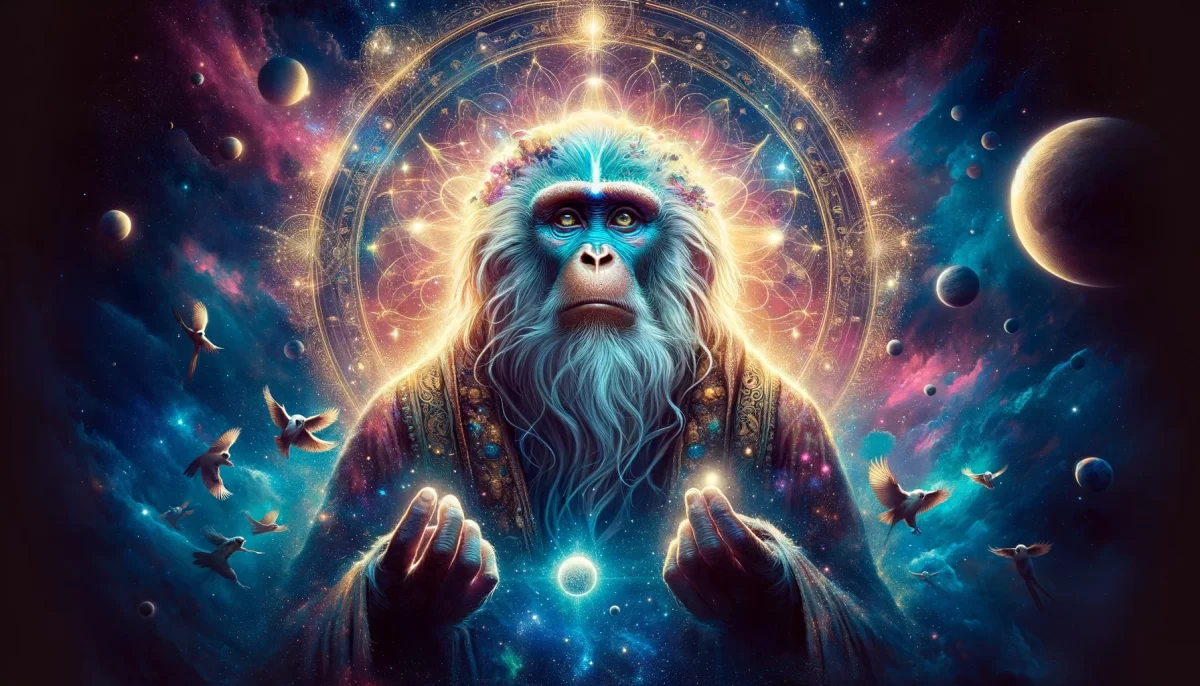
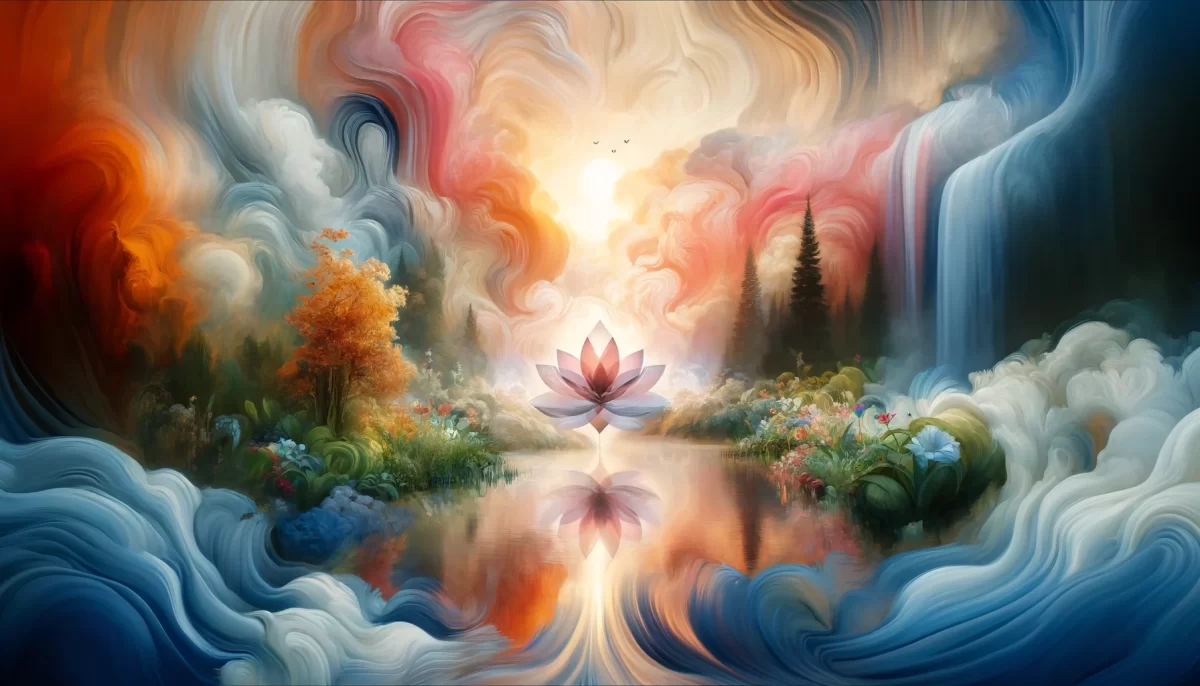
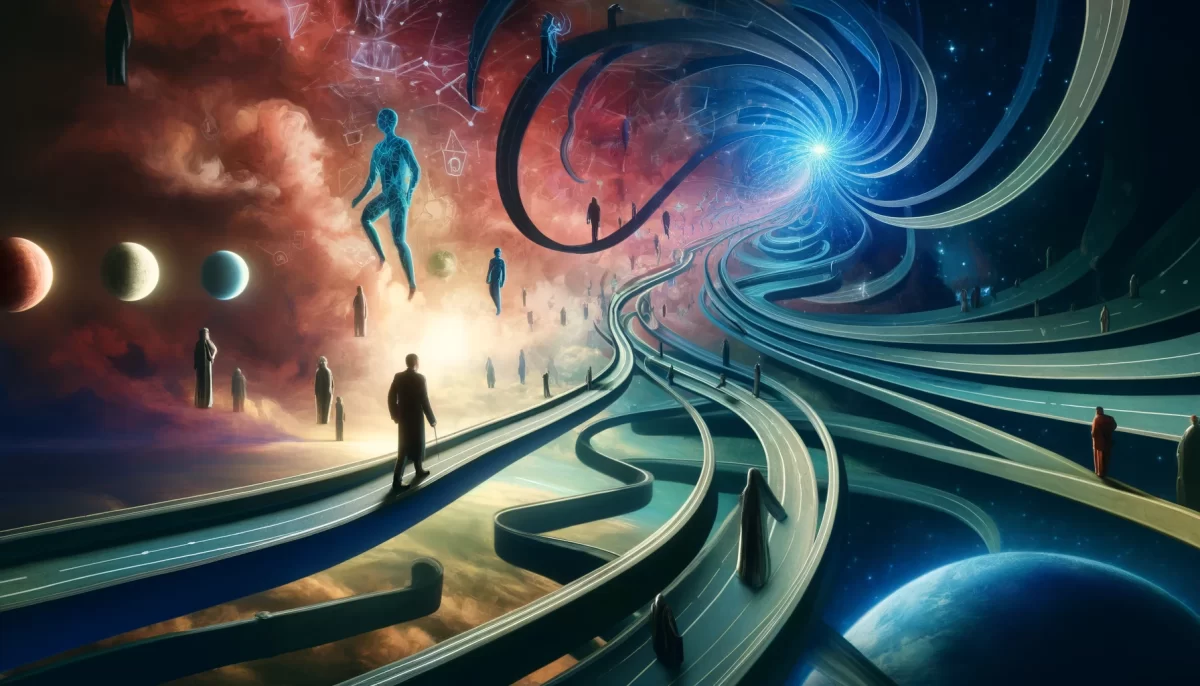
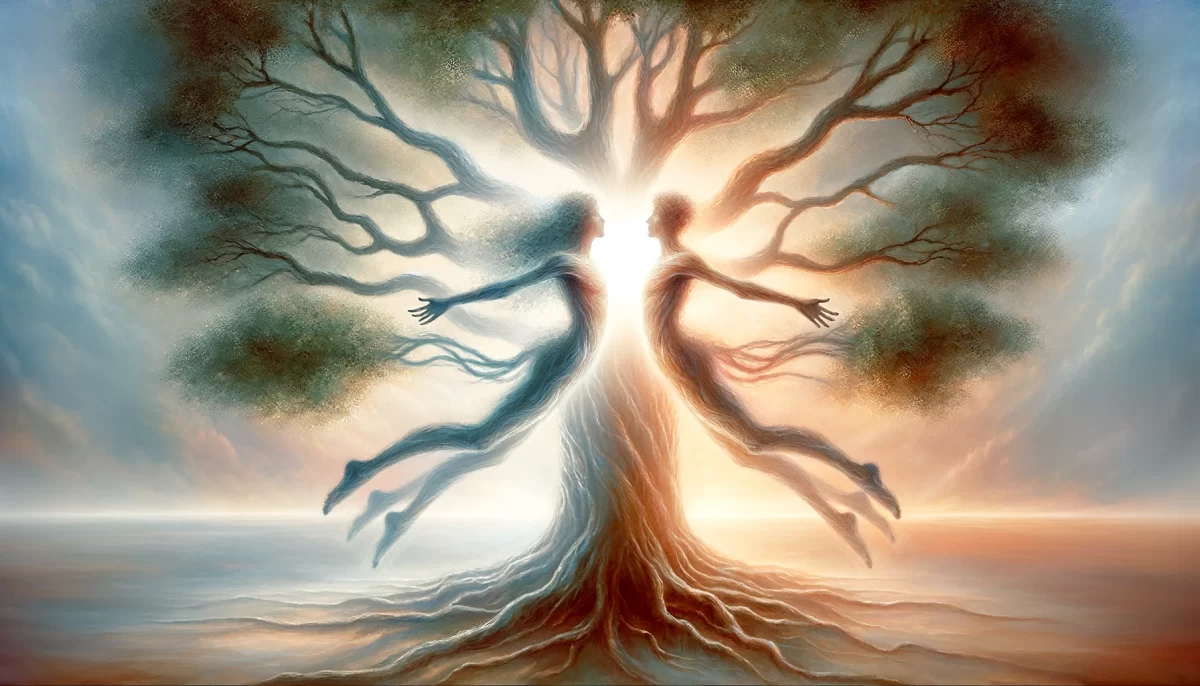
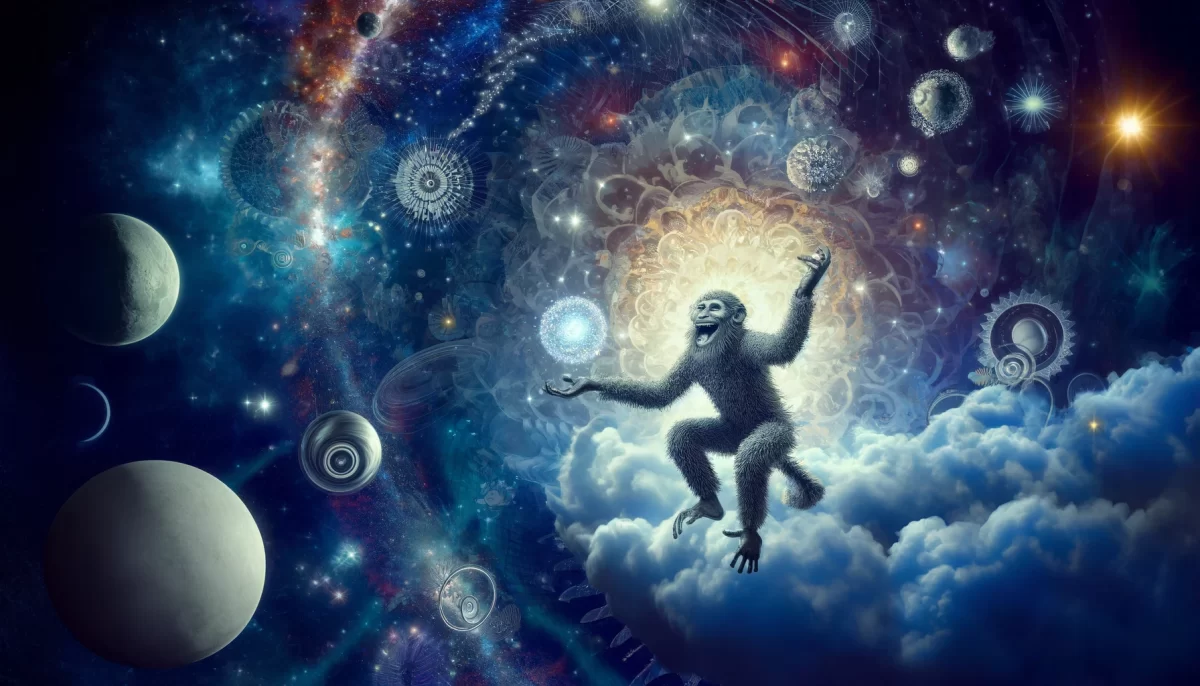
The poem “The Conscious” seems to explore the conflict between consciousness and the unconscious, suggesting that the latter may be responsible for the demise of the former. It implies that the conscious may be aware of this dynamic but are not actively opposing it.
The poem also touches upon the idea that while life and consciousness may end, consciousness itself persists beyond the physical realm. It suggests that the unconscious may derive a sense of satisfaction from killing the conscious, but that this satisfaction is temporary and fleeting. The poem concludes by implying that this cycle will continue, with the unconscious needing to kill something else once the conscious has been extinguished.
Stylistically, the poem is written in short, declarative sentences, giving it a straightforward and almost clinical feel. The lack of punctuation beyond periods and commas creates a sense of continuity and fluidity, almost as if the poem is one long thought or stream of consciousness. The use of repetition, particularly with the phrase “The conscious,” reinforces the central idea and creates a sense of rhythm within the poem.